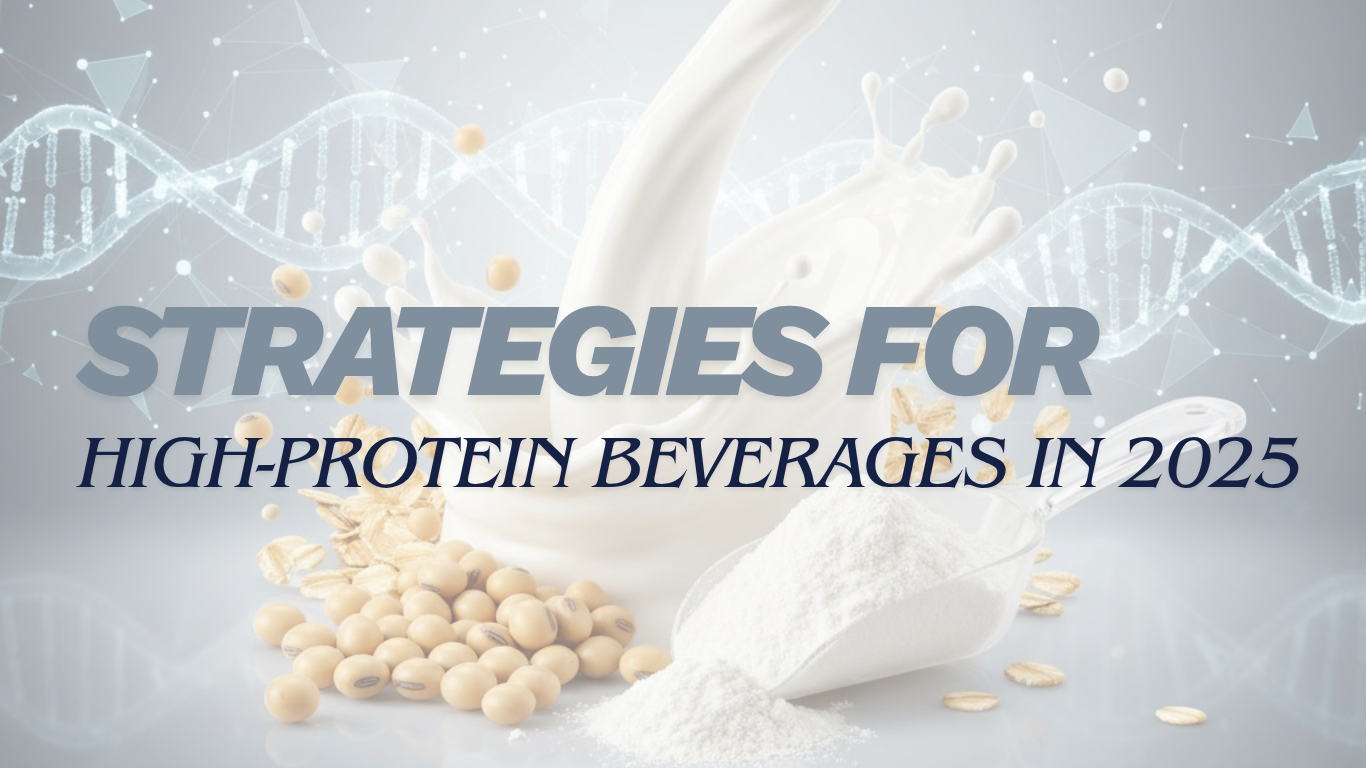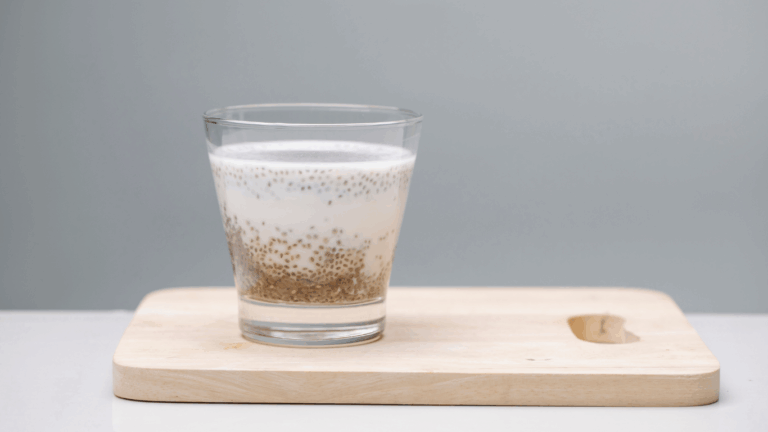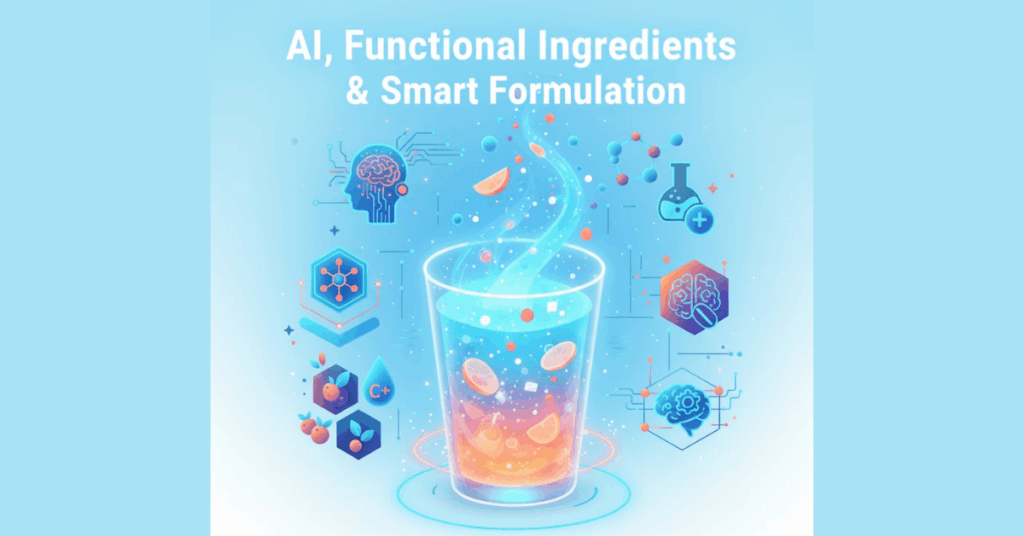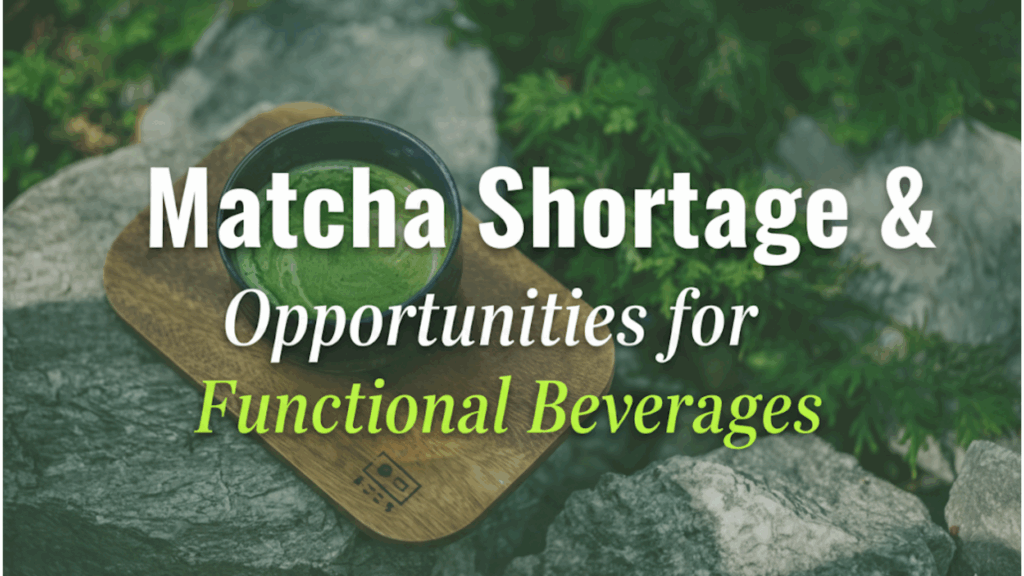5 Winning Strategies for High-Protein Beverages in 2025

Explore five strategies driving success in the high-protein beverages market in 2025 — from functional innovation to taste perfection and advanced processing. Discover how global brands can create next-generation protein drinks that consumers love.
5 Winning Strategies for High-Protein Beverages in 2025
The rise of high protein beverages marks one of the most significant shifts in the modern food and drink industry. Once limited to sports nutrition and fitness circles, protein has become a mainstream demand — embraced by everyday consumers seeking better health, energy, and convenience.
According to Food Business News (2025), high-protein product launches are outpacing overall F&B growth, signaling that this category has evolved from niche to necessity. Yet, success in this booming segment depends on more than just adding protein to a formula. Winning brands must master functionality, taste, and manufacturing precision to meet growing expectations.
Below are five strategies defining success for high-protein beverage innovation in 2025.
1. Understand the New Protein Consumer
Today’s protein consumer is broader and more diverse than ever before. Once dominated by athletes, the market now includes active lifestyle consumers, busy professionals, and even older adults who seek muscle maintenance and sustained energy.
Research shows that the top two drivers behind protein consumption are weight management and satiety — consumers want drinks that help them feel full, energized, and nutritionally supported.

This evolution demands beverages that go beyond performance claims. Modern brands must position protein drinks as daily functional beverages — suitable for breakfast, post-work, or healthy snacking — without compromising on taste or texture.
2. Perfecting the Taste and Texture Balance
While “high protein” attracts attention, taste and mouthfeel ultimately determine repeat purchase. One of the biggest formulation challenges is that proteins — particularly whey, soy, or plant-based isolates — can create chalky or grainy textures if not balanced properly.
Leading innovators use a combination of techniques such as enzymatic hydrolysis, microfiltration, and natural flavor masking to create smooth, drinkable textures. Achieving this sensory harmony is essential because consumers will not trade flavor for nutrition.
Brands that succeed in blending functionality with pleasure — creamy, indulgent, yet clean-label protein drinks — are capturing loyal audiences across all demographics.
3. Diversify Protein Sources for Broader Appeal
Sustainability and dietary inclusivity are redefining the protein landscape. While dairy-based proteins remain the gold standard for bioavailability, plant-based options are gaining massive traction due to environmental and lifestyle preferences.
Emerging sources include pea protein, rice protein, faba bean, and even upcycled barley or fruit seed protein. Blended formulations — combining plant and dairy proteins — can deliver complementary amino acid profiles while improving texture and sustainability scores.
For global manufacturers, diversifying protein sources not only expands market reach but also future-proofs supply chains against volatility in dairy or crop markets.
4. Leverage Technology for Stability and Efficiency
Processing high-protein beverages requires technological precision. Protein tends to denature or precipitate under certain pH or heat conditions, affecting product stability and shelf life.
To address this, manufacturers are investing in ultra-high temperature (UHT) systems, shear-controlled mixing, and advanced homogenization to maintain smooth consistency and avoid clogging in production lines.
Digital monitoring and AI-based process optimization are also improving yield and reducing energy consumption — helping producers stay competitive while meeting sustainability targets.

In short, success in this segment isn’t just about formulation — it’s also about mastering the science of production.
5. Communicate Benefits Clearly and Authentically
The protein market is crowded, and clarity is key. Consumers today are skeptical of vague health claims — they want transparency and science-backed communication.
Winning brands emphasize:
Protein quantity and quality (e.g., 20g complete protein per serving)
Functional claims like “supports muscle recovery,” “promotes fullness,” or “energy for your day”
Lifestyle alignment, such as plant-based, low sugar, or on-the-go nutrition
Packaging design, naming, and visual identity should reflect clean, modern health values rather than overly clinical aesthetics. Authentic storytelling — from sourcing to formulation — builds credibility in a discerning global market.
Conclusion
The surge of high-protein beverage trends worldwide reflects a powerful evolution in consumer priorities — where taste, health, and functionality must coexist seamlessly. Success now depends on innovation that satisfies both the palate and purpose.
👉 Contact Nam Viet Group today to explore OEM/ODM/private label solutions for high-protein, functional, and plant-based beverages — empowering global brands to shape the future of nutrition and refreshment.v


